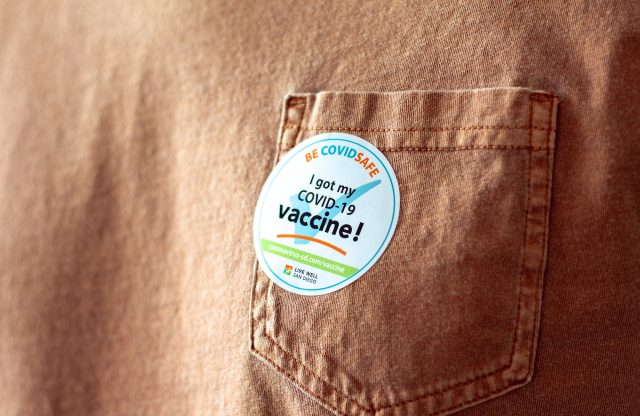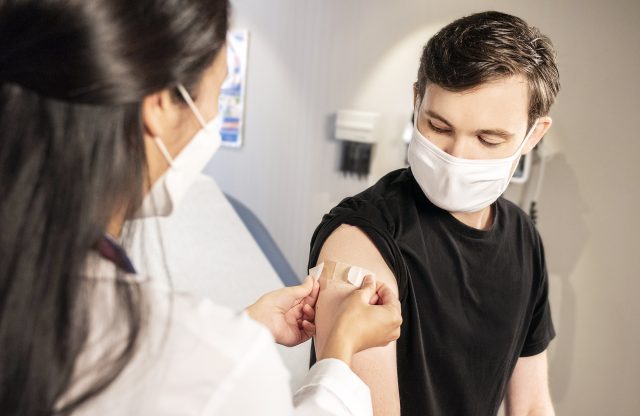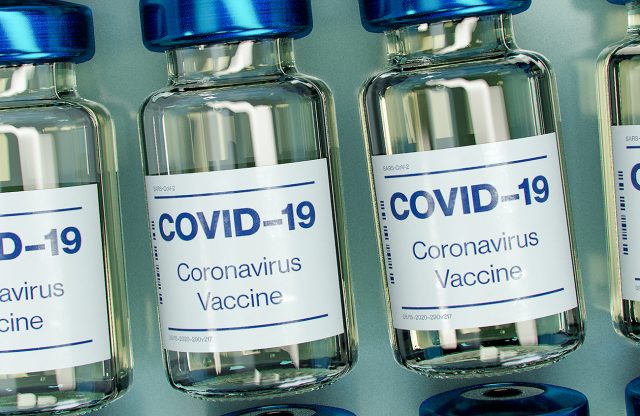Dr Robert Hess: FDA grants full approval to the Pfizer

Dr Robert Hess – 08/25/2021
Dr Robert Hess: FDA grants full approval to the Pfizer/BioNTech COVID-19 vaccine – What exactly does full FDA approval of a vaccine mean?
The Pfizer/BioNTech COVID-19 vaccine first received Emergency Use Authorization (EUA) from the U.S. authorities in mid-December 2020 for administration to persons aged 16 and older. On Monday, the FDA announced that it has now granted full approval. The vaccine has thus become the first to receive FDA approval for use against coronavirus. More are expected to follow in the coming weeks and months. Emergency Use Authorization continues to apply for use on adolescents aged 12 to 15 years and for administration as a third booster dose to immunocompromised individuals. Further monitoring of the vaccine’s safety and efficacy remains mandatory, even after approval, and will be carried out assiduously.
How does full authorization differ from the previous EUA (Emergency Use Authorization)?
For both emergency and full approval of COVID-19 vaccines, the FDA first requires data from Phase 1 trials to determine their safety, as well as possible side-effects and the most effective dosing regimen. Once this is successfully completed, the vaccine is tested for efficacy in a more extensive Phase 2 clinical trial conducted in a controlled setting. It should be mentioned that the number of volunteers in the first COVID-19 safety trials was similar to the number participating in trials for other commonly used vaccines, such as tetanus, diphtheria, whooping cough and meningitis. The difference in the approval procedures lies primarily in the length of time the volunteers remain under surveillance. For emergency approval to be granted, the FDA requires that at least half of the participants in the original trials be followed for at least two months after vaccination, whereas for full FDA approval, participants in the original trials must be followed for at least six months. The vaccine manufacturer is also required to submit more detailed production plans and procedures and to commit to a higher level of monitoring and inspections.
How do vaccine approval procedures in the USA differ from those that apply in Europe?
Unlike the FDA, the European Medicines Agency (EMA) has approved the current crop of coronavirus vaccines within the framework of a conditional EU marketing authorization. This has the advantage over emergency marketing authorization that pharmacovigilance (i.e. drug safety), manufacturer controls and other post-authorization obligations are legally binding and subject to ongoing assessment by the EMA’s scientific committees. At the same time, it allows vaccine developers to submit additional data, even after the marketing authorization has been granted (in contrast to a normal marketing authorization, where all data are submitted before the marketing authorization is granted). In addition, the marketing authorization holder is responsible for the product and its safe use. This is in contrast to the emergency marketing authorization under EU law, whereby the marketing authorization holder is exempt from administrative and civil liability. The vaccine developers Pfizer/BioNTech are therefore fully liable.
How does full FDA vaccine approval differ from other earlier vaccine approvals?
To speed up the process of full vaccine approval, the FDA has adopted a number of different approaches. These include the Priority Review and Fast Track processes, both of which were used in the case of the approval granted to the Pfizer/BioNTech COVID-19 vaccine. The Priority Review designation signifies that the FDA aims to make a decision on an application within six months, compared to the ten-month period that applies with the Standard Review. However, the scientific/medical standards for approval and for the quality of the evidence required remain unchanged. The Fast Track process is intended to speed up the development and testing of medicines and/or vaccines and to make them available to patients sooner. Fast Track status allows companies to submit parts of their authorization application to the FDA for review as soon as these are completed. There is a further expectation that communication between vaccine manufacturers and the FDA will be intensified and a continuous exchange of information will take place.
According to the FDA, the differences between the approval of a COVID-19 vaccine and earlier vaccines lie in the speed of the process and the number of staff deployed. It cannot be ruled out, however, that this acceleration of the process will leave the quality uncompromised, especially with regard to the shortened observation period and the consequent lack of data. We will therefore continue to closely observe the current procedure and any further developments and to keep our Premium clients informed.


